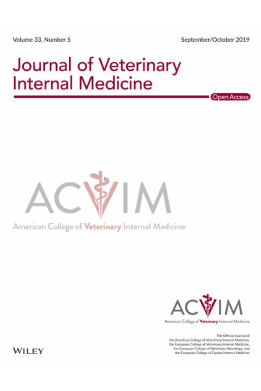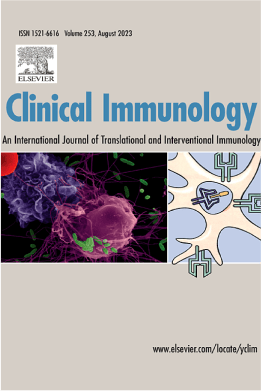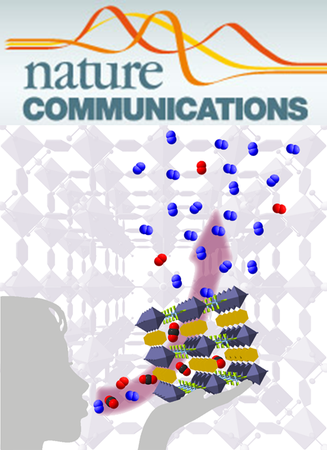Background: Advanced machine learning methods combined with large sets of health screening data provide opportunities for diagnostic value in human and veterinary medicine.
Hypothesis/Objectives: To derive a model to predict the risk of cats developing chronic kidney disease (CKD) using data from electronic health records (EHRs) collected during routine veterinary practice.
Animals: A total of 106 251 cats that attended Banfield Pet Hospitals between January 1, 1995, and December 31, 2017.
Methods: Longitudinal EHRs from Banfield Pet Hospitals were extracted and randomly split into 2 parts. The first 67% of the data were used to build a prediction model, which included feature selection and identification of the optimal neural network type and architecture. The remaining unseen EHRs were used to evaluate the model performance.





